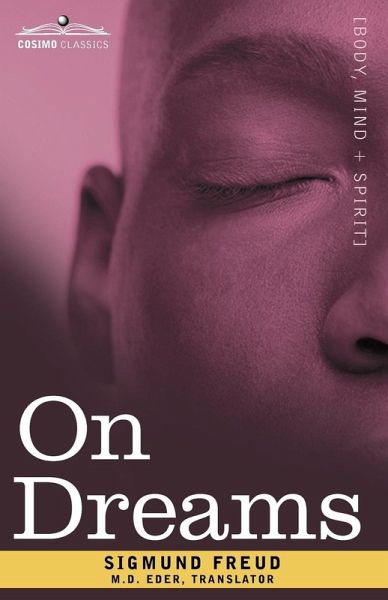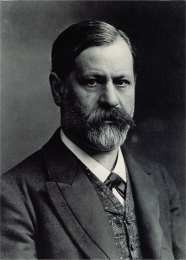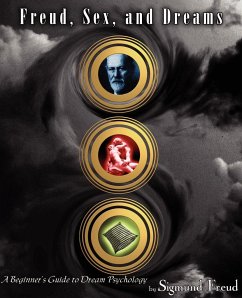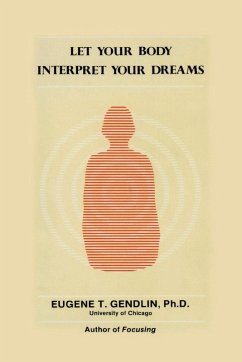
On Dreams
Versandkostenfrei!
Versandfertig in 1-2 Wochen
9,99 €
inkl. MwSt.

PAYBACK Punkte
5 °P sammeln!
He was a pioneer in the study of the human unconscious and the impact of sexual desire on human behavior, and his 1900 work *The Interpretation of Dreams* is arguably one of the greatest treatises on psychology ever written. But Freud recognized that it was not an easy tome to digest, and prepared this shorter, more accessible version. First published in 1914, *On Dreams* is a highly readable introduction to Freud's theories on one of the most mysterious aspects of the human mind. He discusses: ¿ the meaning of dreams ¿ the mechanisms of dreams ¿ dreams as the realization of unfulfilled des...
He was a pioneer in the study of the human unconscious and the impact of sexual desire on human behavior, and his 1900 work *The Interpretation of Dreams* is arguably one of the greatest treatises on psychology ever written. But Freud recognized that it was not an easy tome to digest, and prepared this shorter, more accessible version. First published in 1914, *On Dreams* is a highly readable introduction to Freud's theories on one of the most mysterious aspects of the human mind. He discusses: ¿ the meaning of dreams ¿ the mechanisms of dreams ¿ dreams as the realization of unfulfilled desires ¿ dreams and repression ¿ three classes of dreams ¿ dream symbolism ¿ and more. Austrian psychiatrist SIGMUND FREUD (1856-1939) developed psychoanalysis-dialogue between doctor and patient-as a tool for understanding and curing psychopathologies. While some of his ideas have been supplanted by subsequent research and refinement, his work continues to profoundly influence the sciences and the humanities alike.













